Benefits of Using Signs in Your School Garden
August 2024 | Molly Sutton
Kids may not always get excited about eating their greens, but they certainly enjoy playing in dirt! Whether in your backyard or on a school campus, creating an outdoor classroom space in your garden has many educational benefits.
School gardens help students be more engaged, create hands-on-learning experiences, demonstrate where food comes from, practice responsibility and accountability, improve food preferences and much more! A garden is a yearlong science experiment that provides mental health benefits and enrichment, so why shouldn’t you make the most of the space?
Just as posters in a classroom promote learning through reinforcing important concepts, colorful, attention-grabbing signs in the garden can enhance student understanding of garden-related subjects.
Creating signs for your school garden helps to:
Engage Multiple Learning Styles
Simplify Difficult Concepts
Encourage Critical Thinking
Create a More Stimulating Learning Environment
Reinforce Rules and Routines
Promote Creativity and Self-Expression
Consider ways signs can be used in your school garden!
Click the arrows to navigate through the slideshow below.
Don’t Break the Bank!
Source secondhand/free materials to create your signs.
Find Free Materials
Search on Facebook Marketplace for free wood, pallets and other materials that can be used for signage.
Our favorite free wood sources are:
- Facebook Markeplace/OfferUp
- Auction warehouses
- Bulk trash
- Community forums
Use What You Have
Save scrap materials from coop construction or other projects around your school for sign projects.
Ask for material donations
Turn to your school community for help! Ask for material donations…you may be surprised by what people have laying around their yards!
Give Second Life
Find a use for things destined for the dump. For example, broken flowerpots and old rain boots filled with concrete create a nice base for a sign.
Remember: the quality of your sign is just as important as its content! Good design can grab a reader’s attention and ensure your school garden signs are serving their purpose.
The best part about designing a catchy sign is that it doesn’t take a professional artist! Take time to plan out your garden signs before starting, whether their creation is a class project or the action-item of your garden committee. Attempt to include at least two of the following tips in your sign construction.
You do not have to be a professional artist to make great signs for your school garden. Follow the below tips to elevate the design of your garden signs!
Elevate your garden signs with these easy tips!
Click the arrows to navigate through the slideshow below.
Don’t forget to use your signs!
Once your sign is in your garden, do not just forget about it! Just like everything else in your garden, it can be used as a teaching aid. Consider signs as prompts for discussion, poetry, or when deciding what to grow that season. Incorporating your signs into lesson plans will engage students’ critical thinking skills and foster creativity.


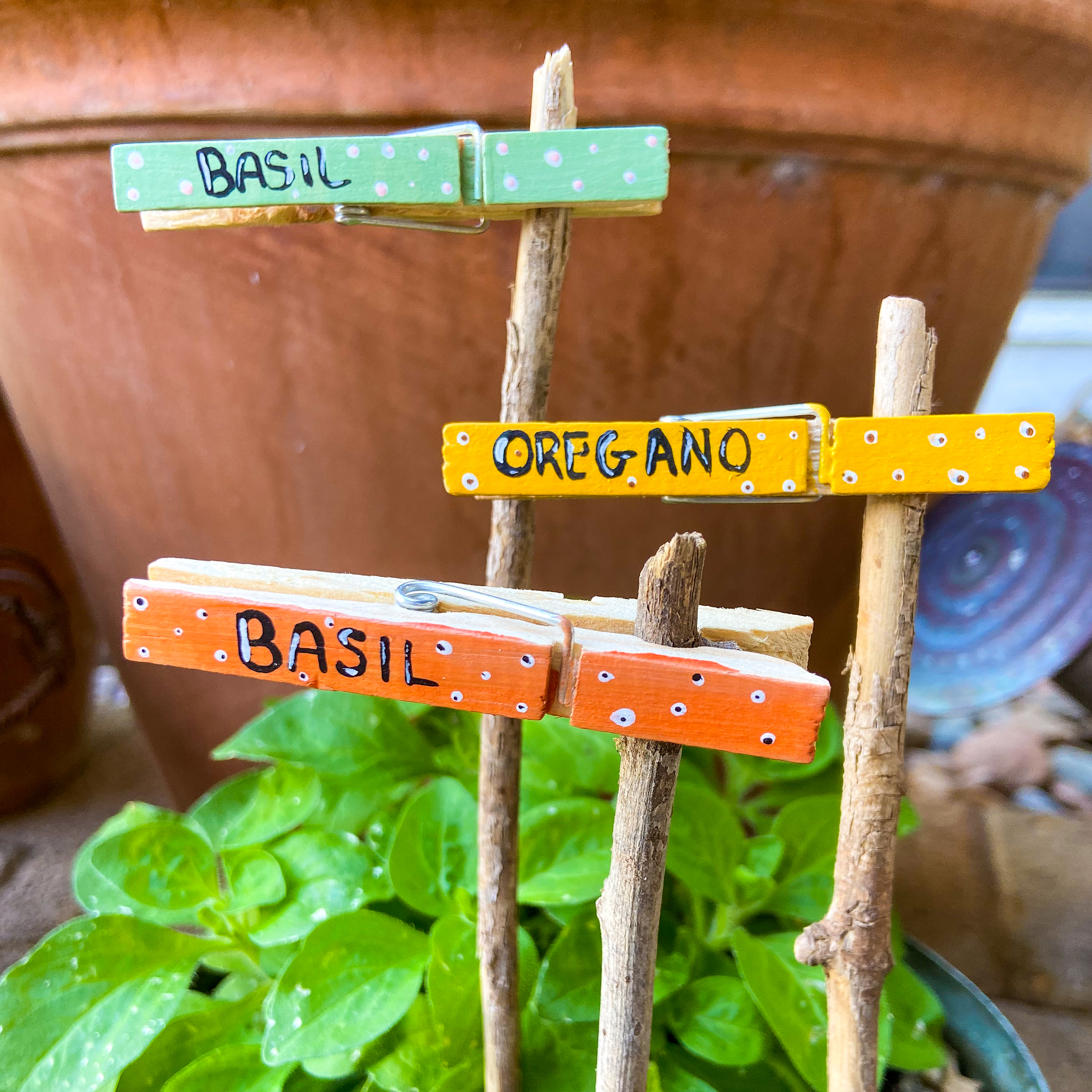
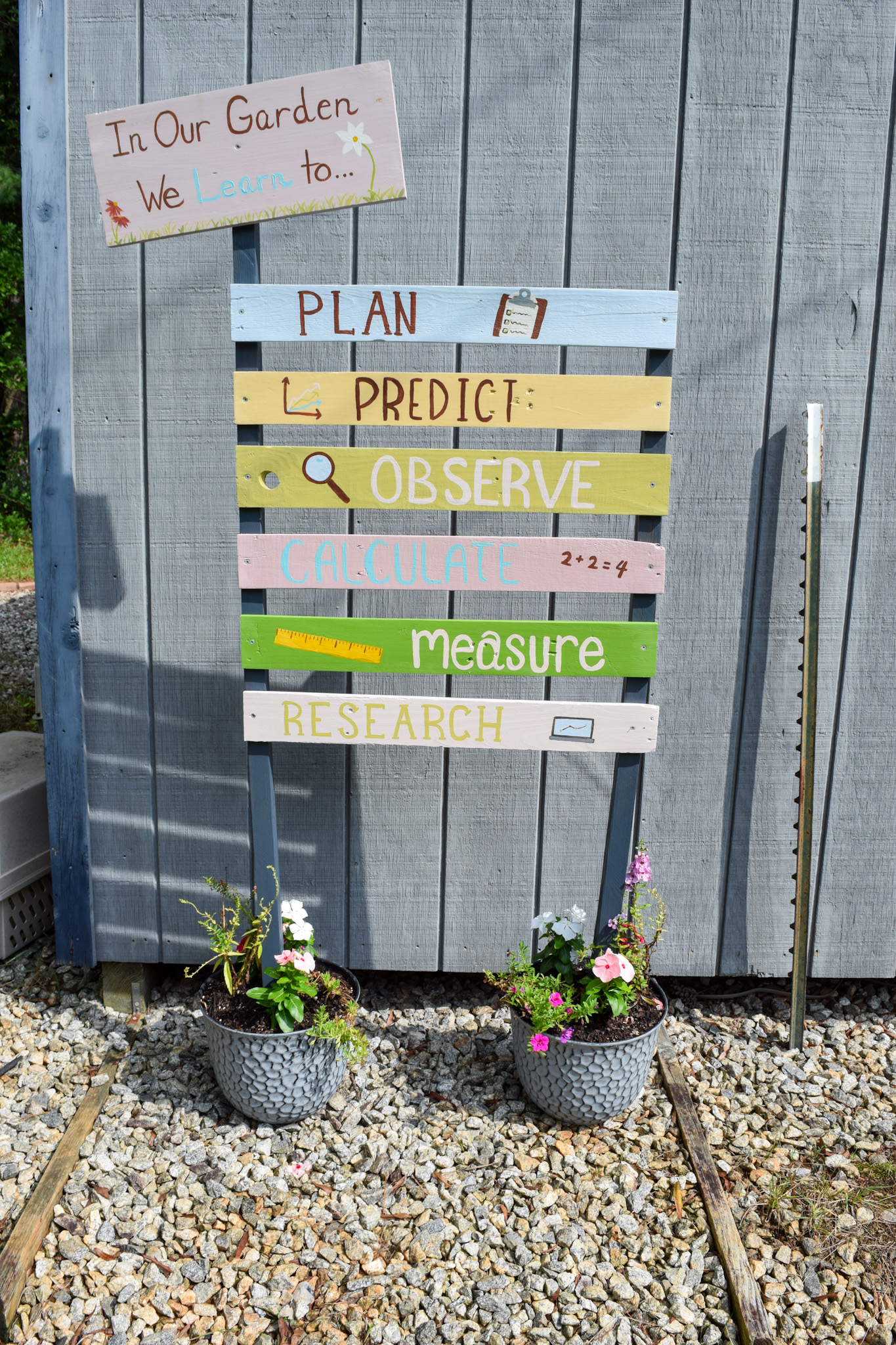


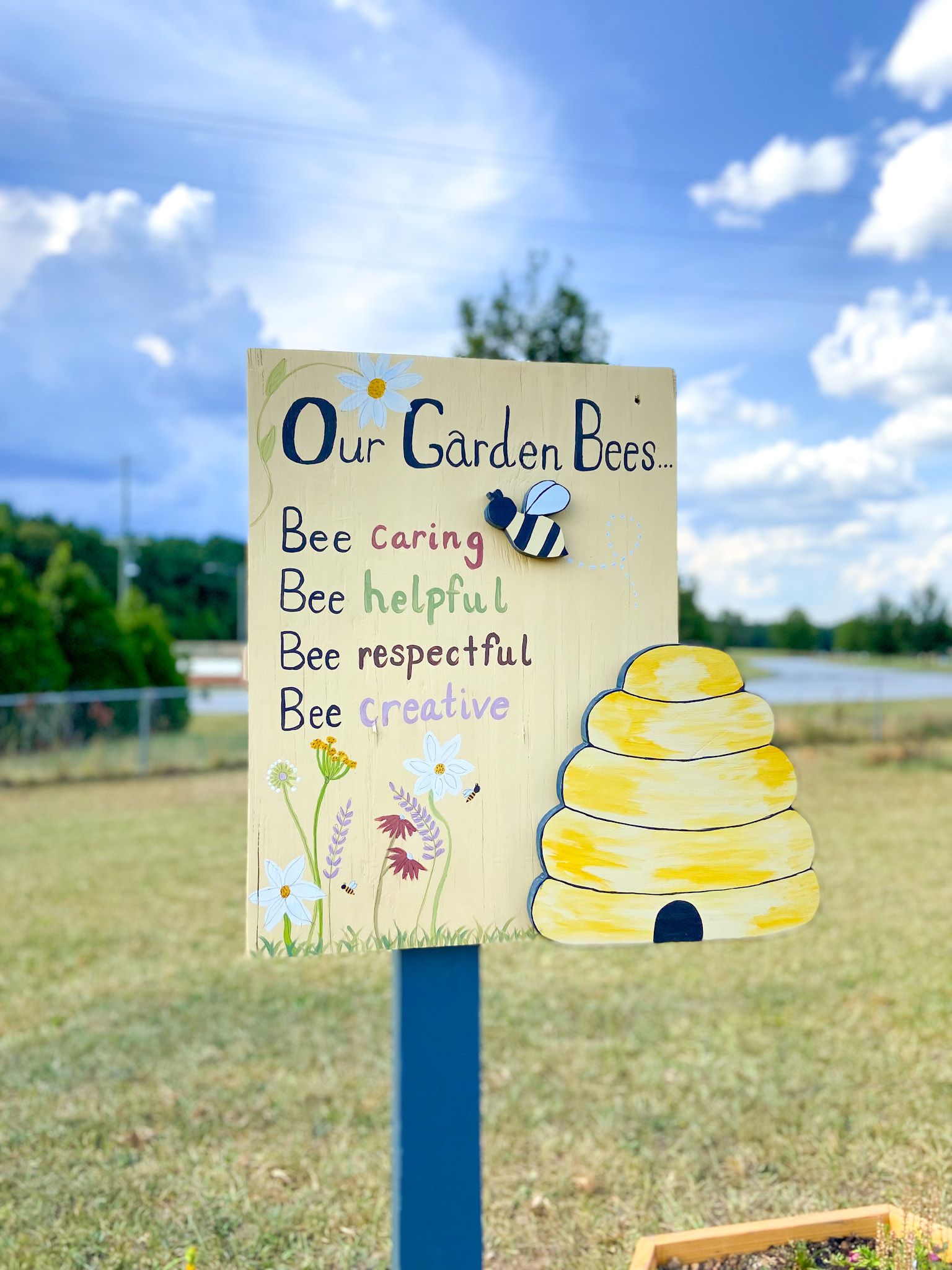
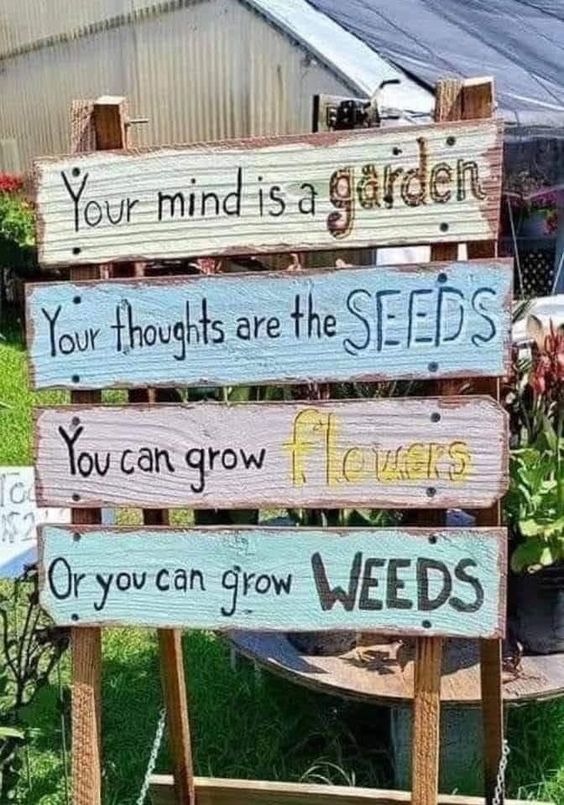
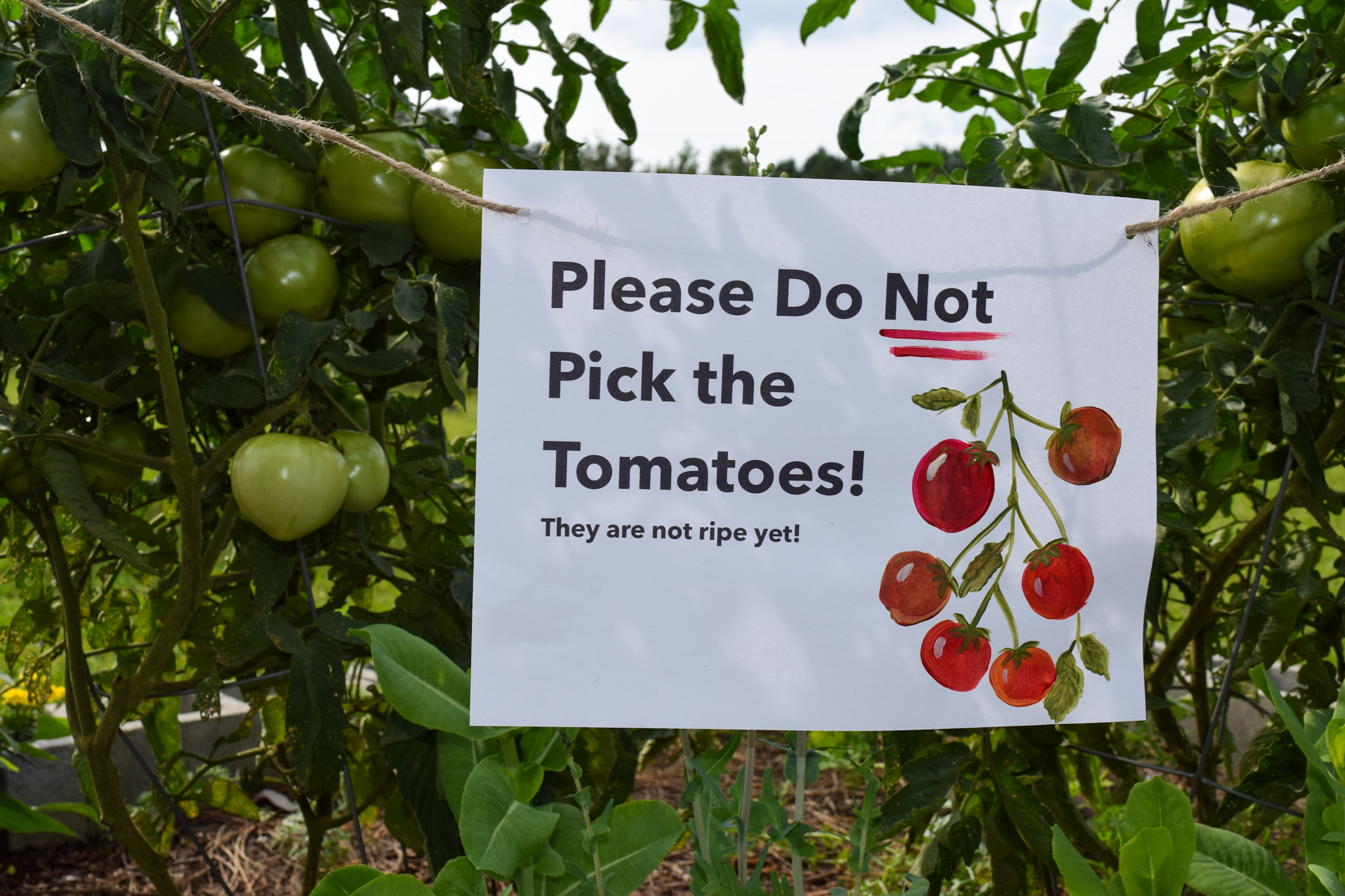

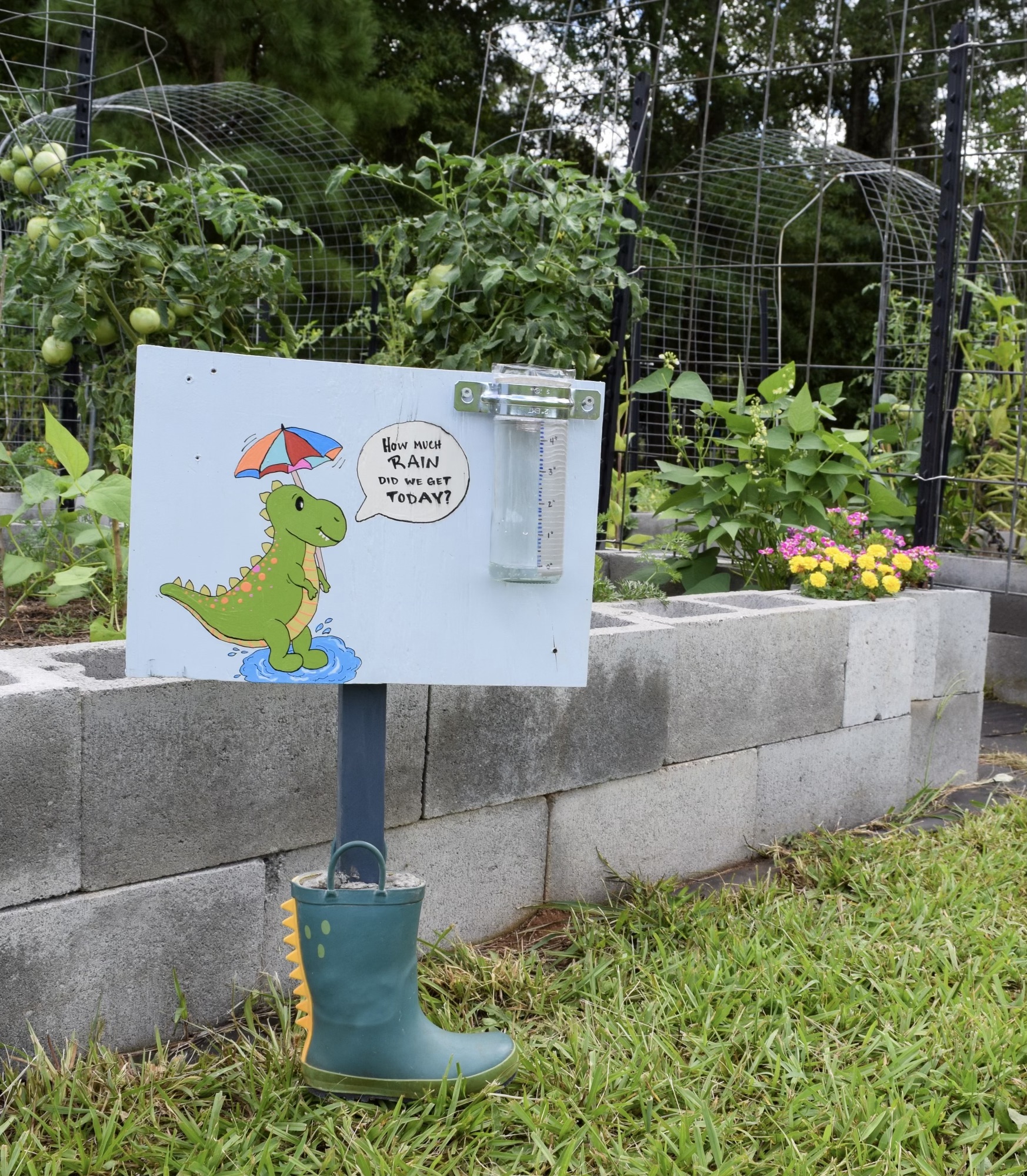



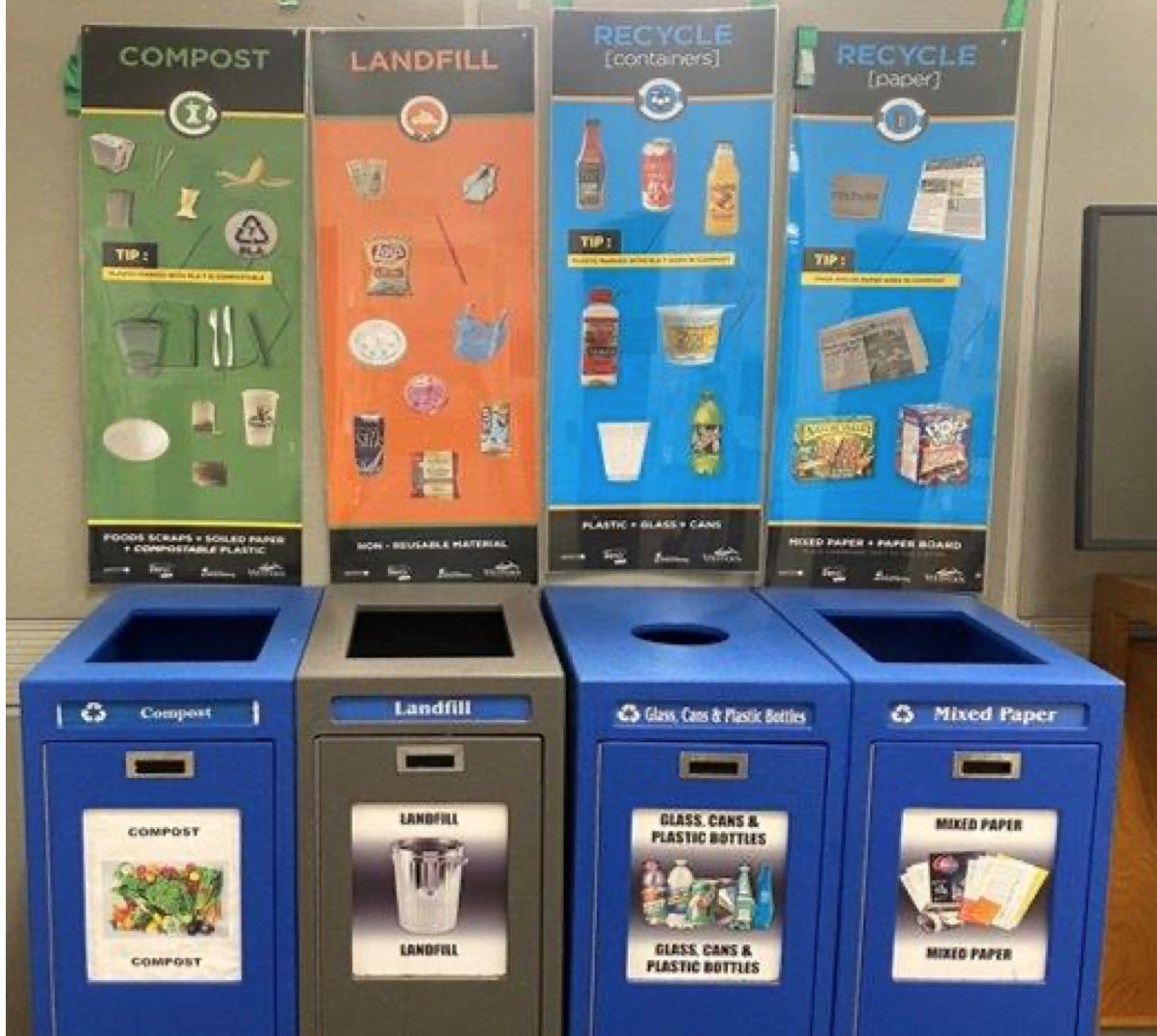

0 Comments